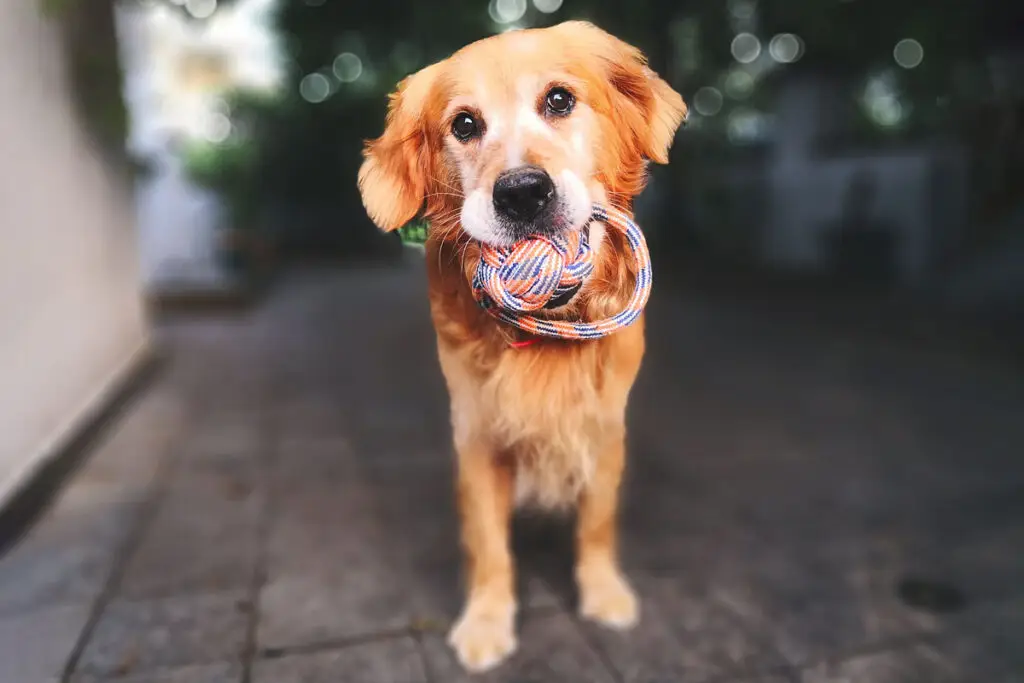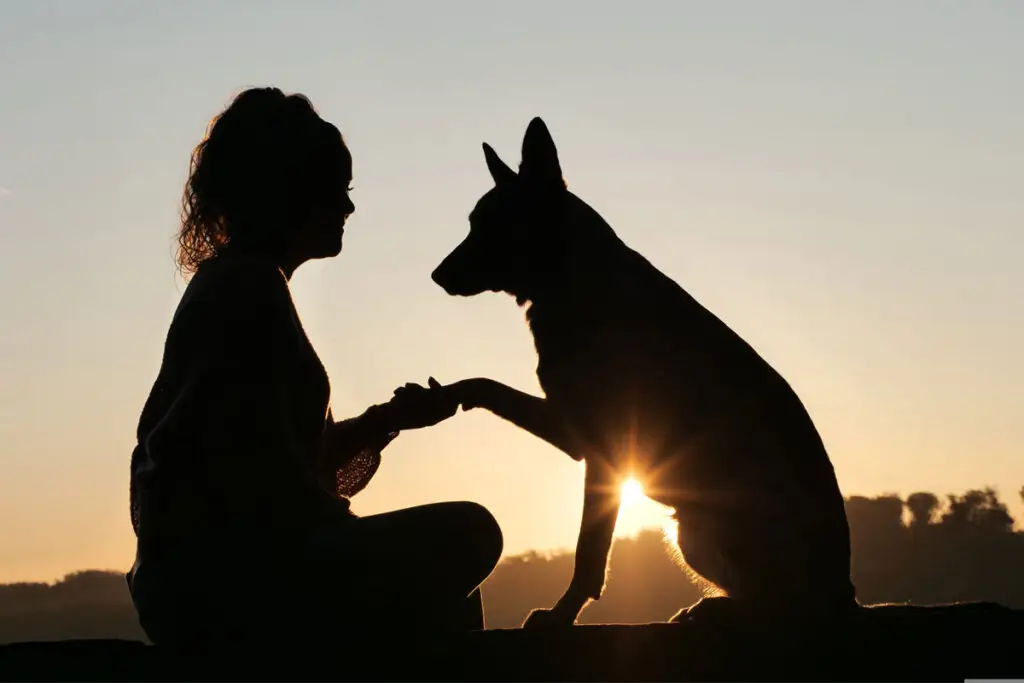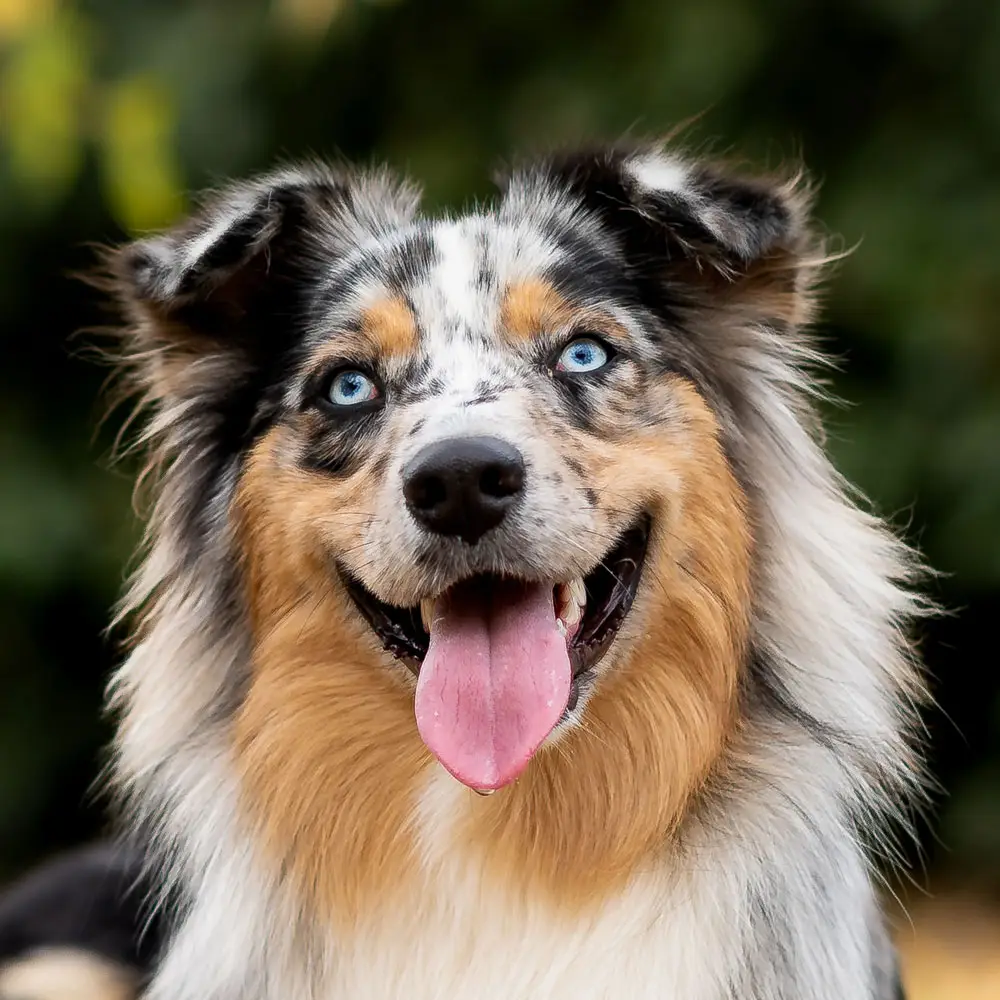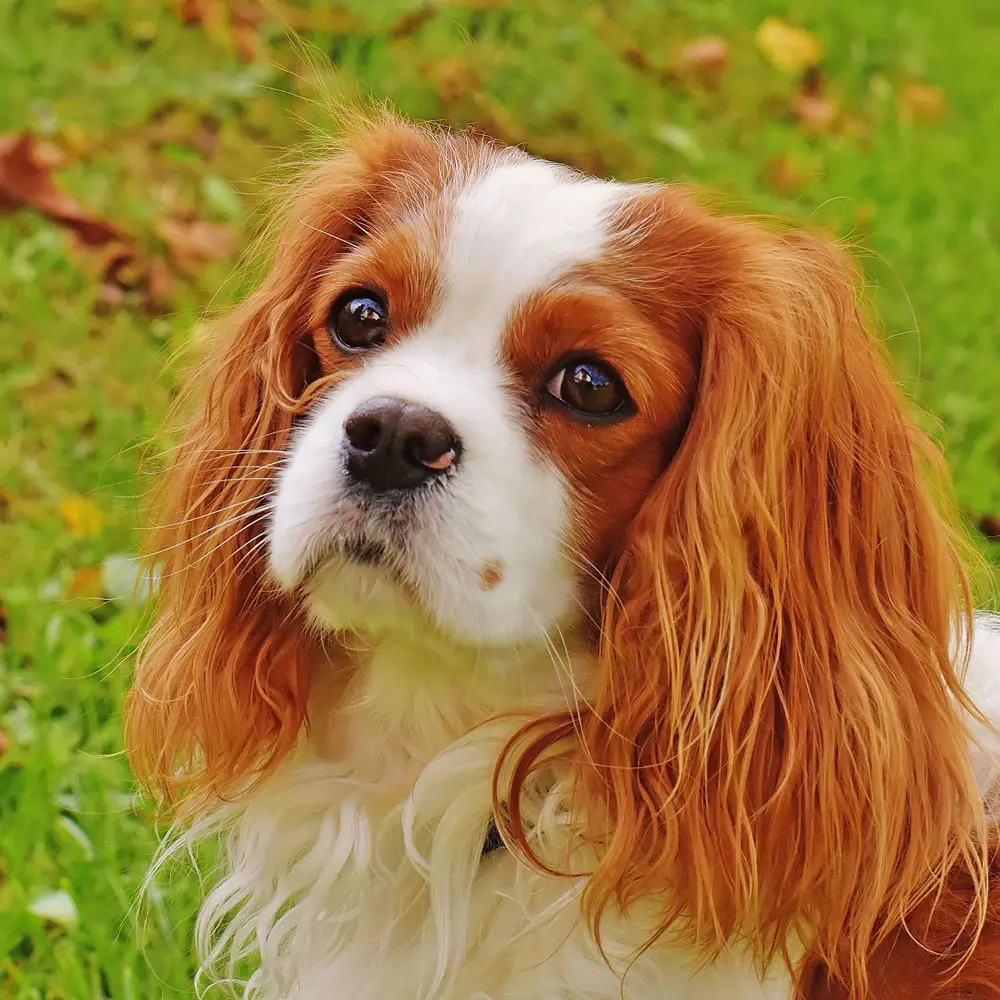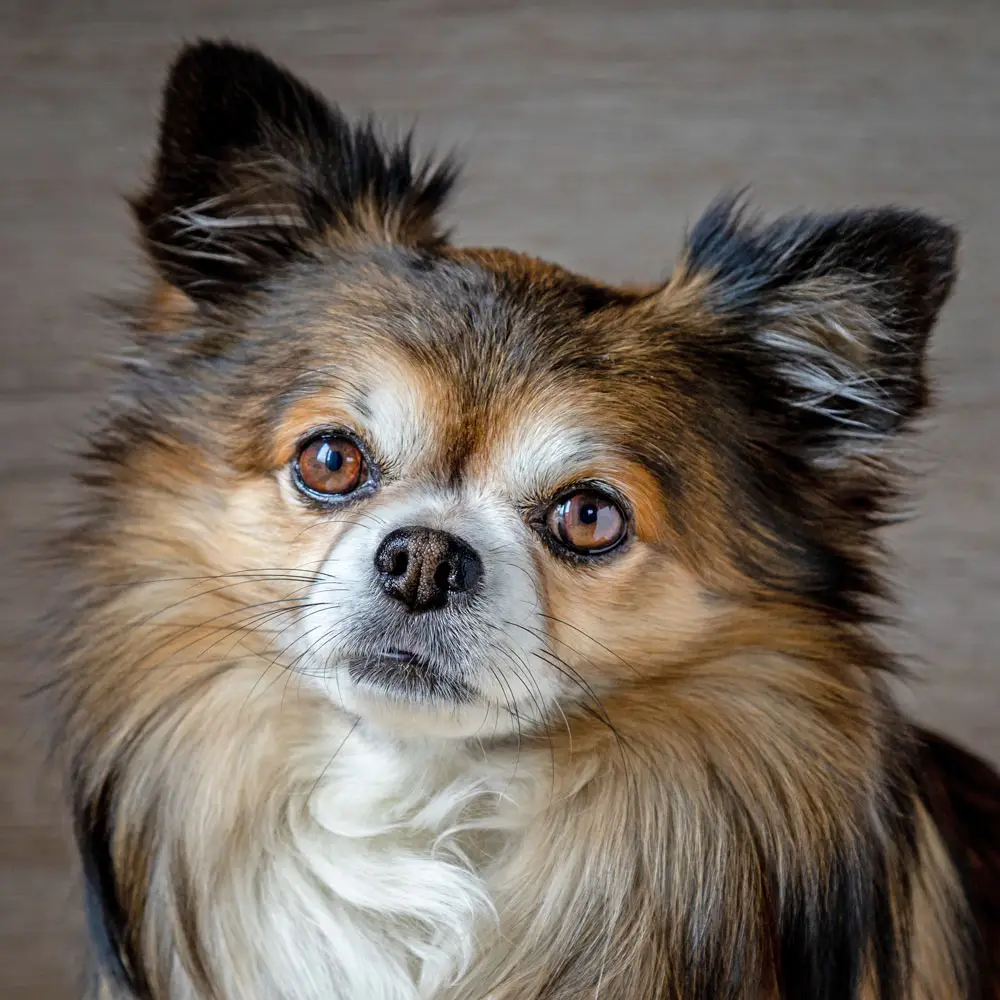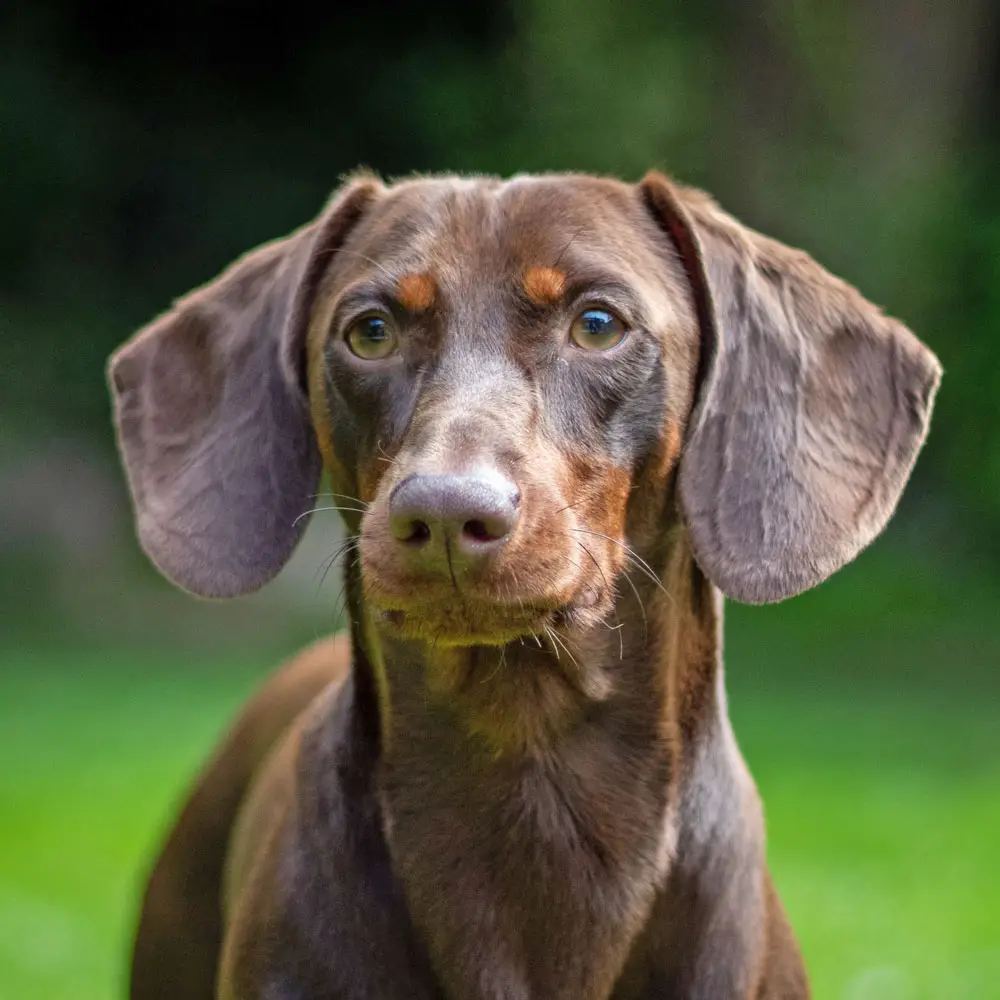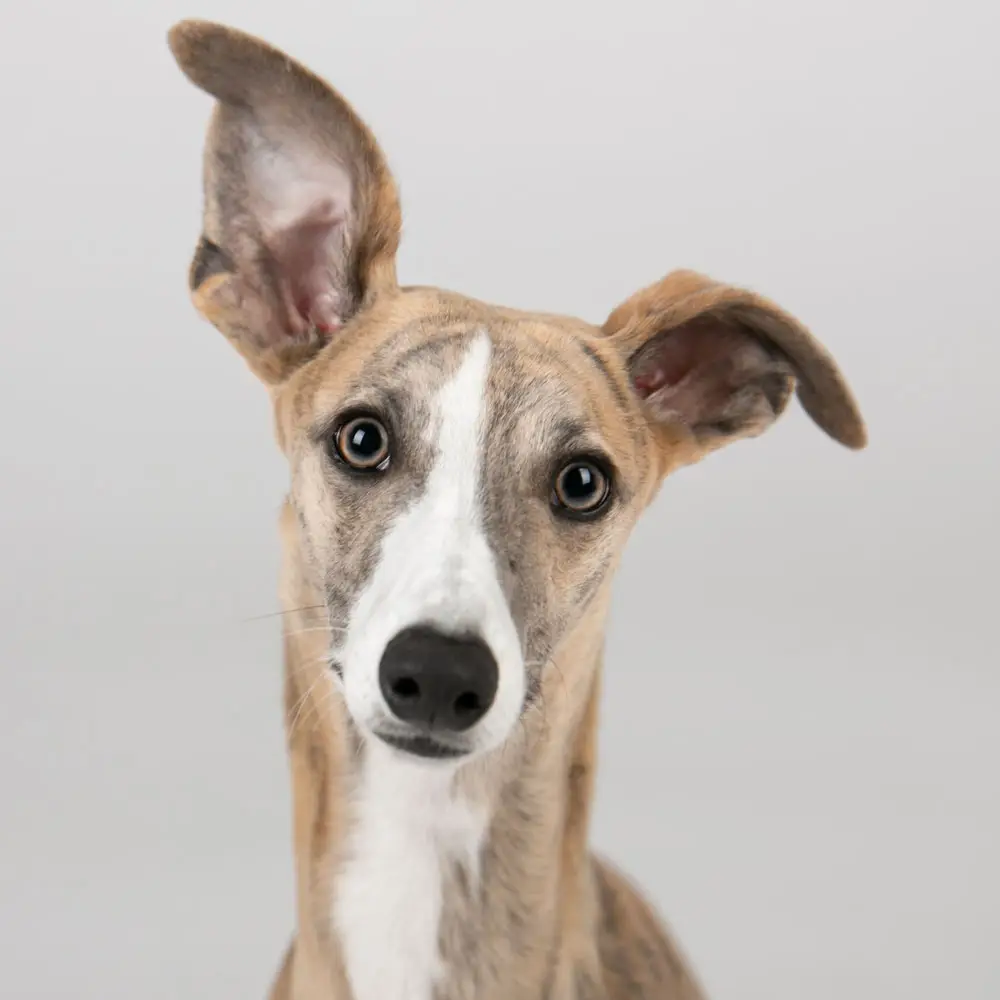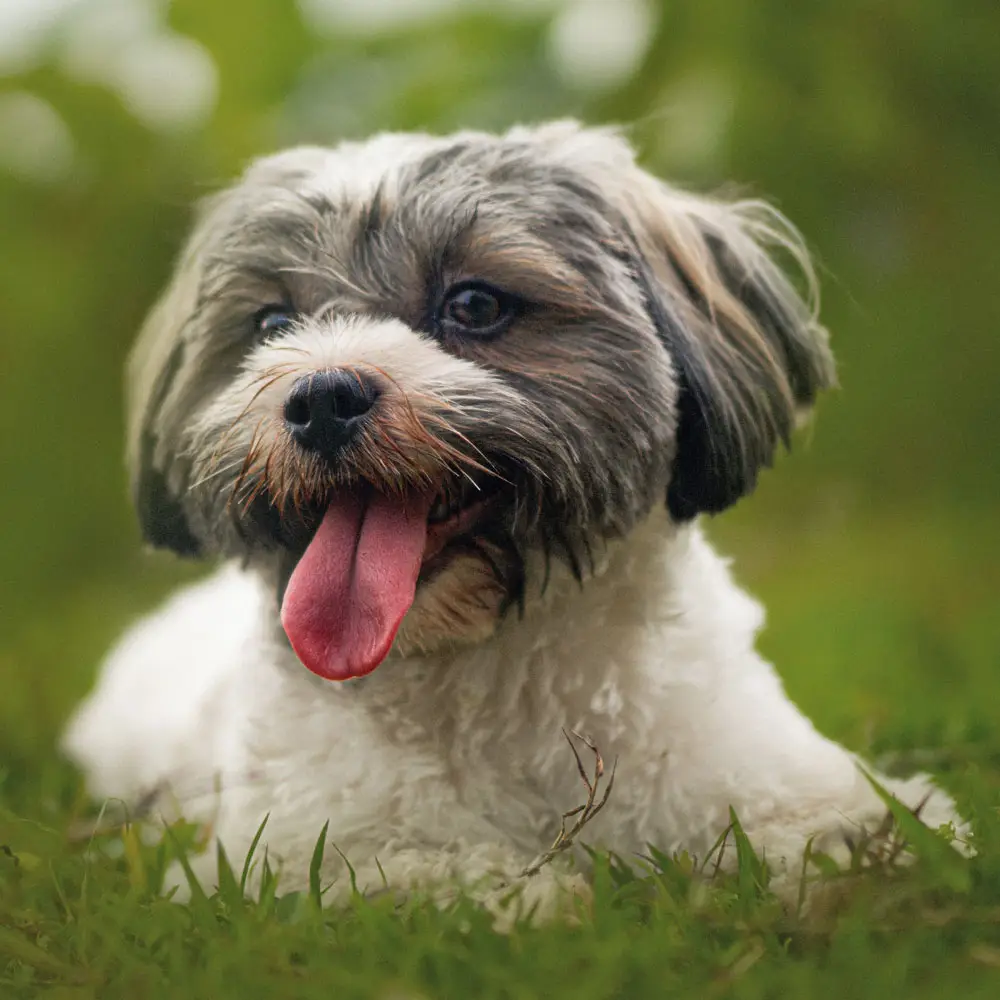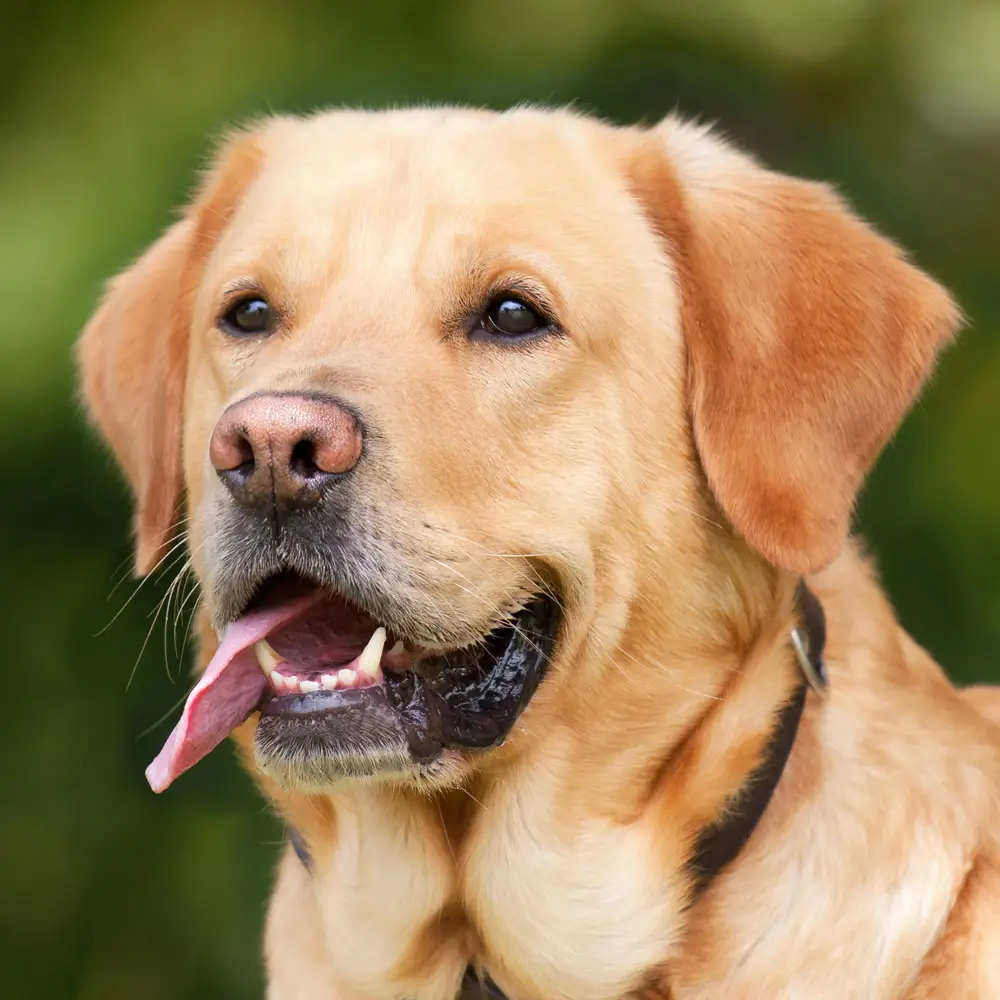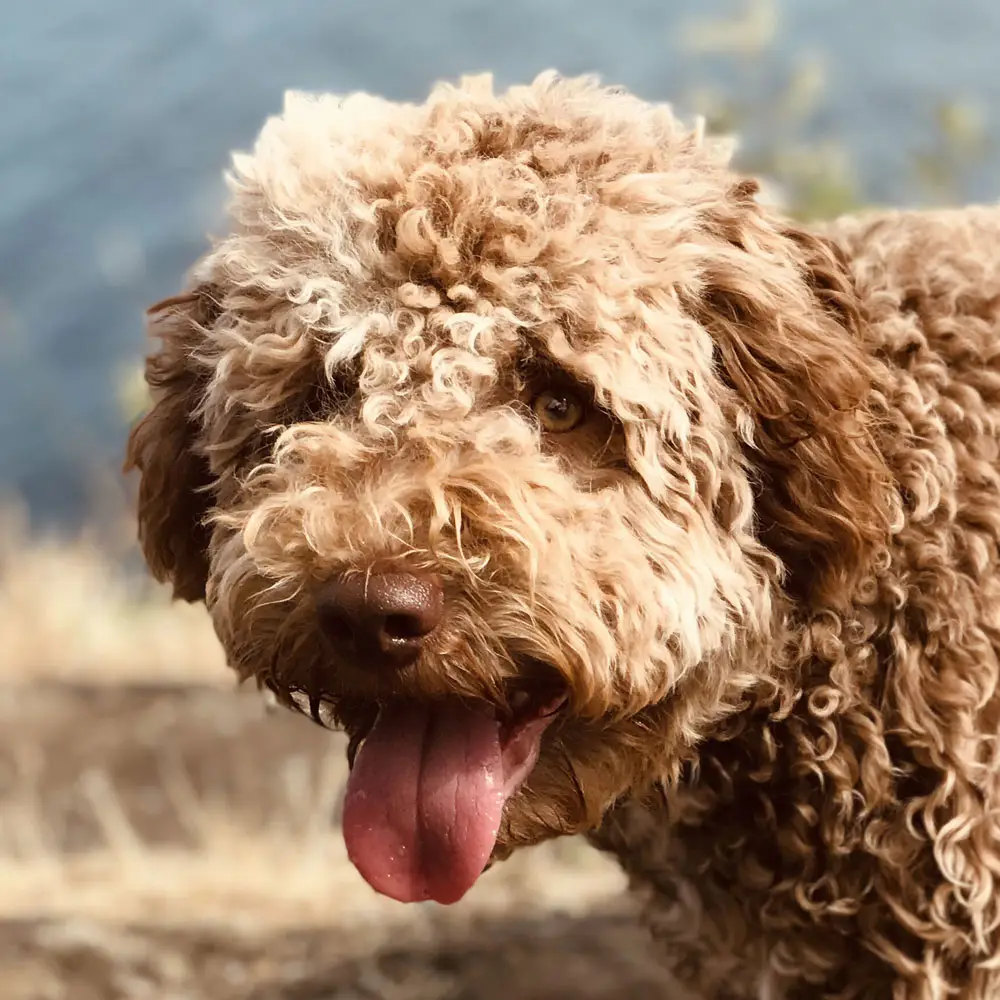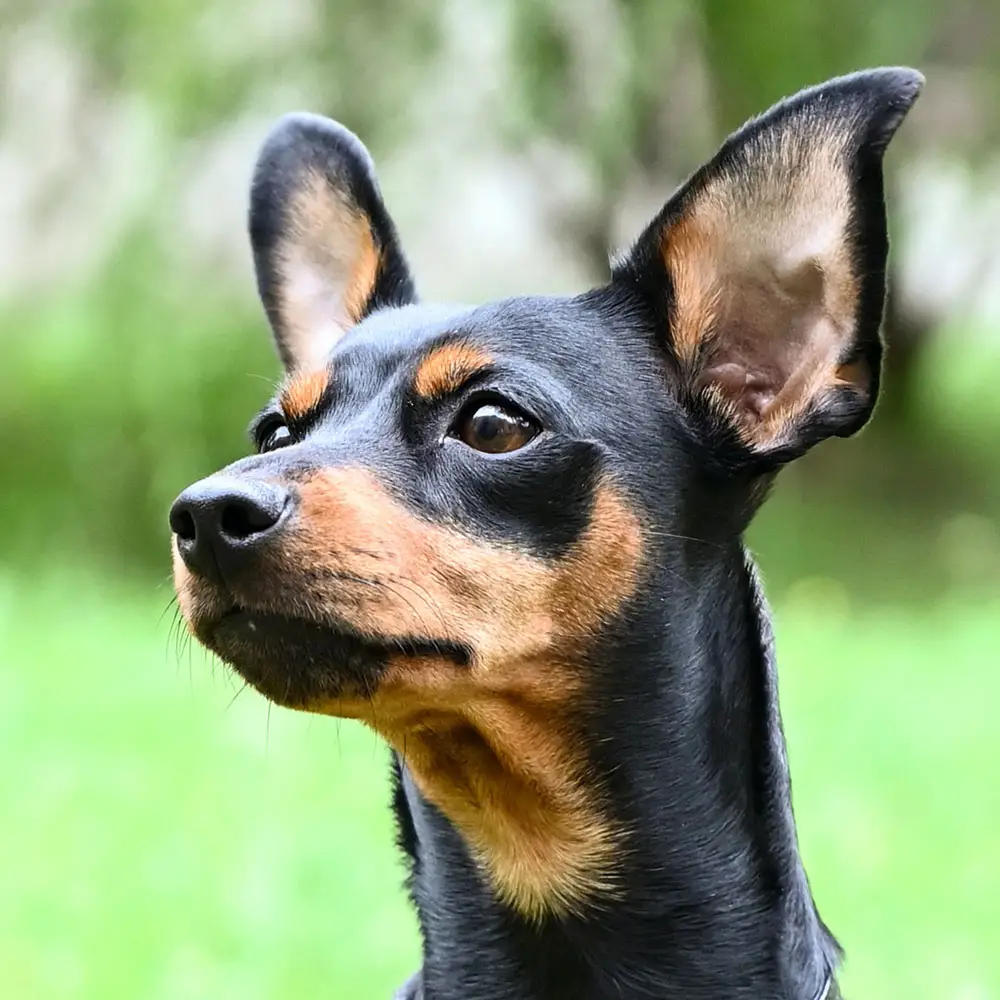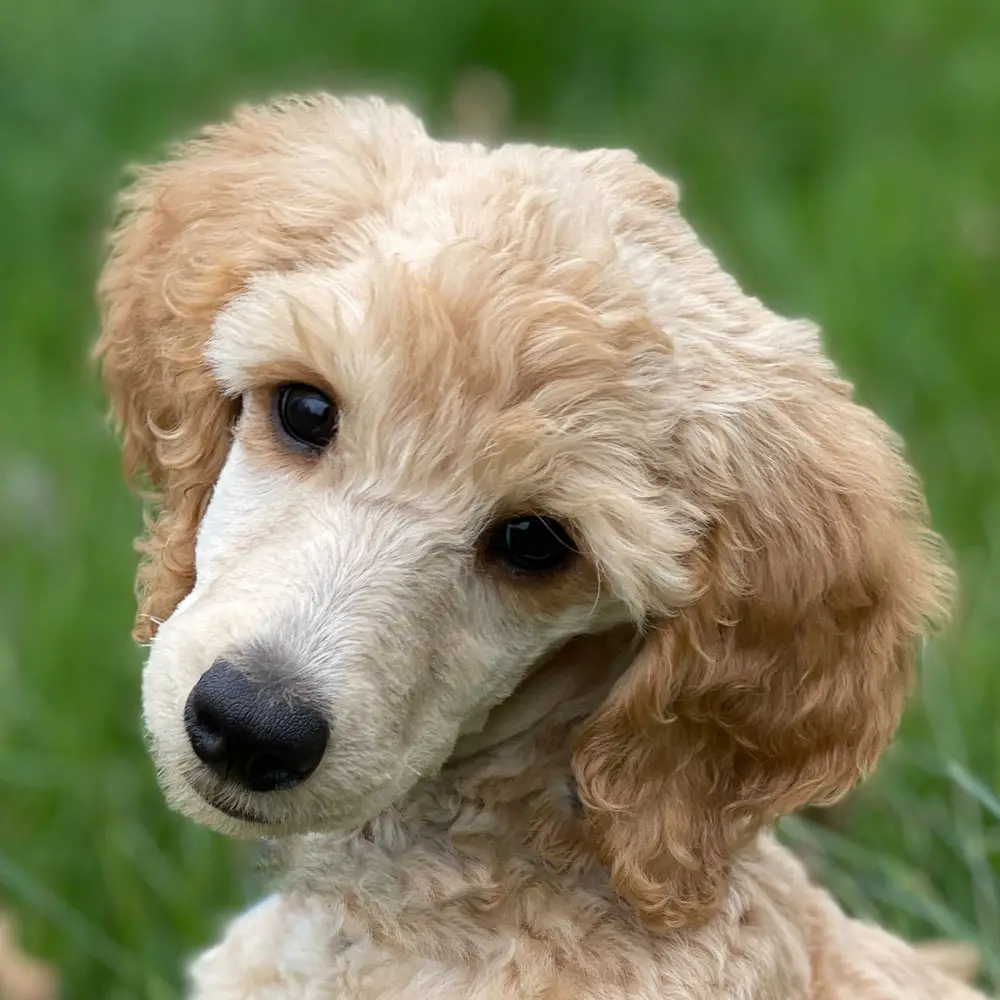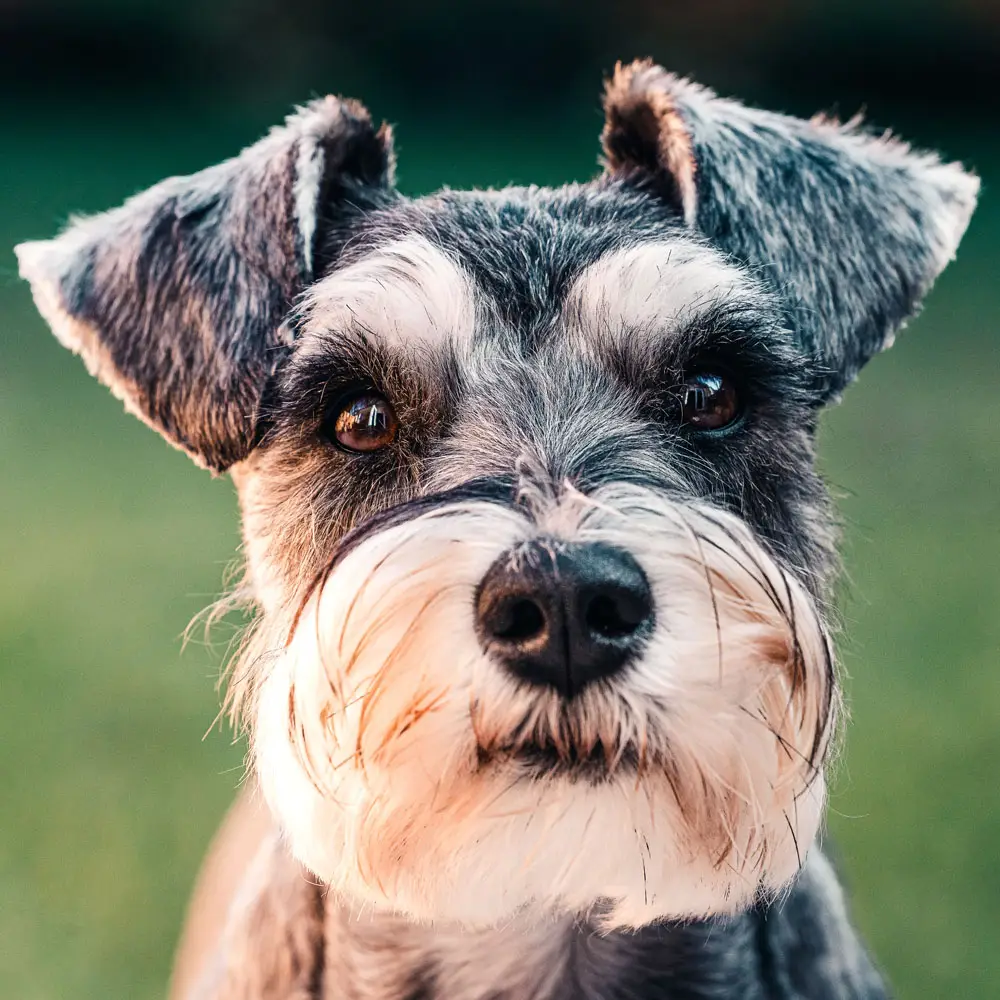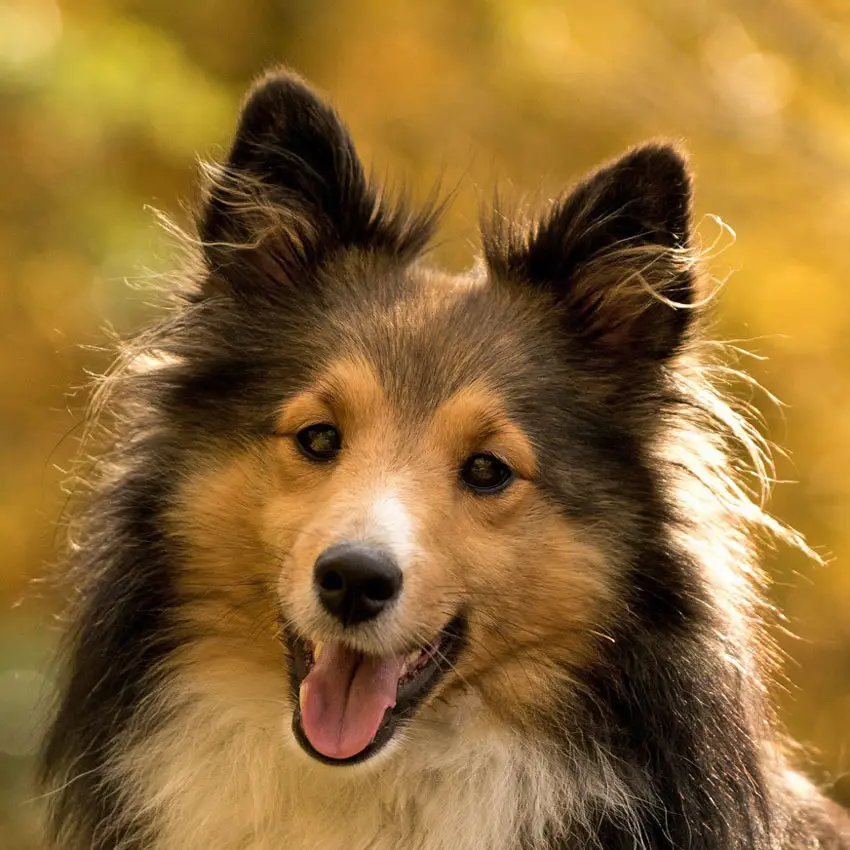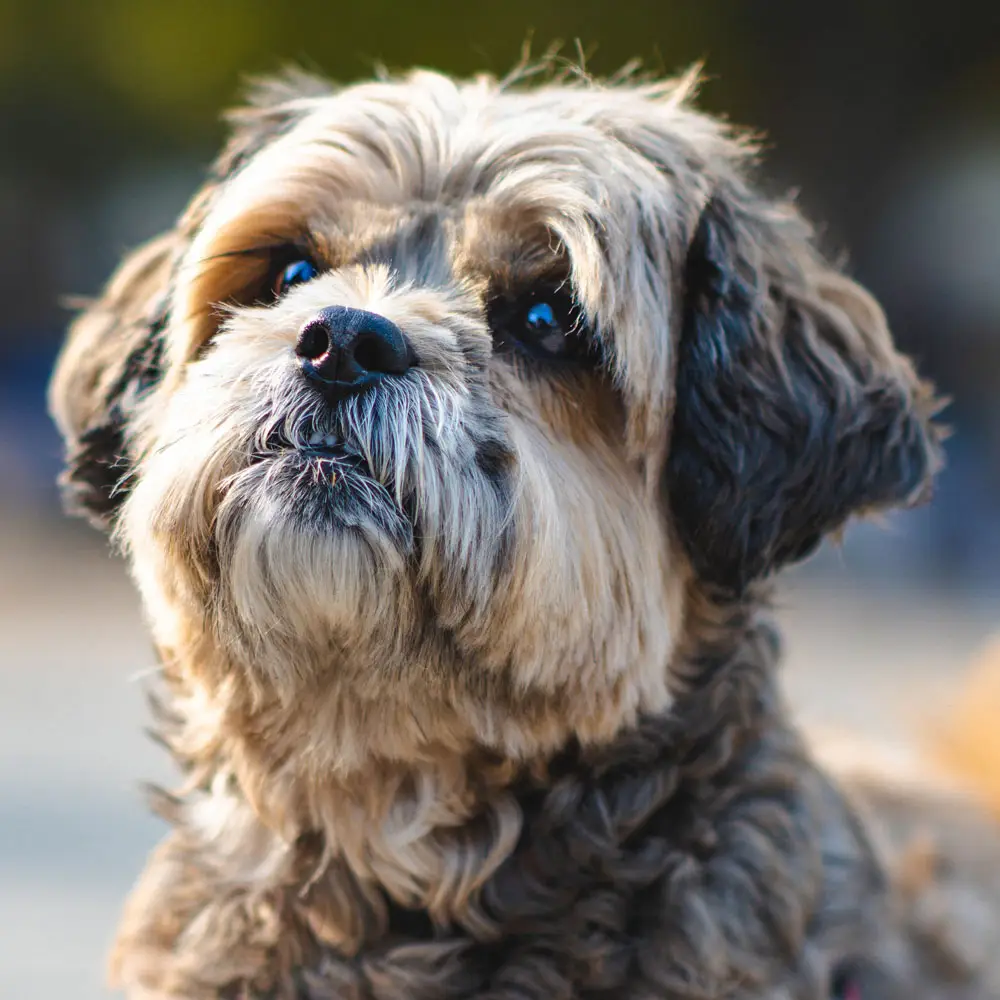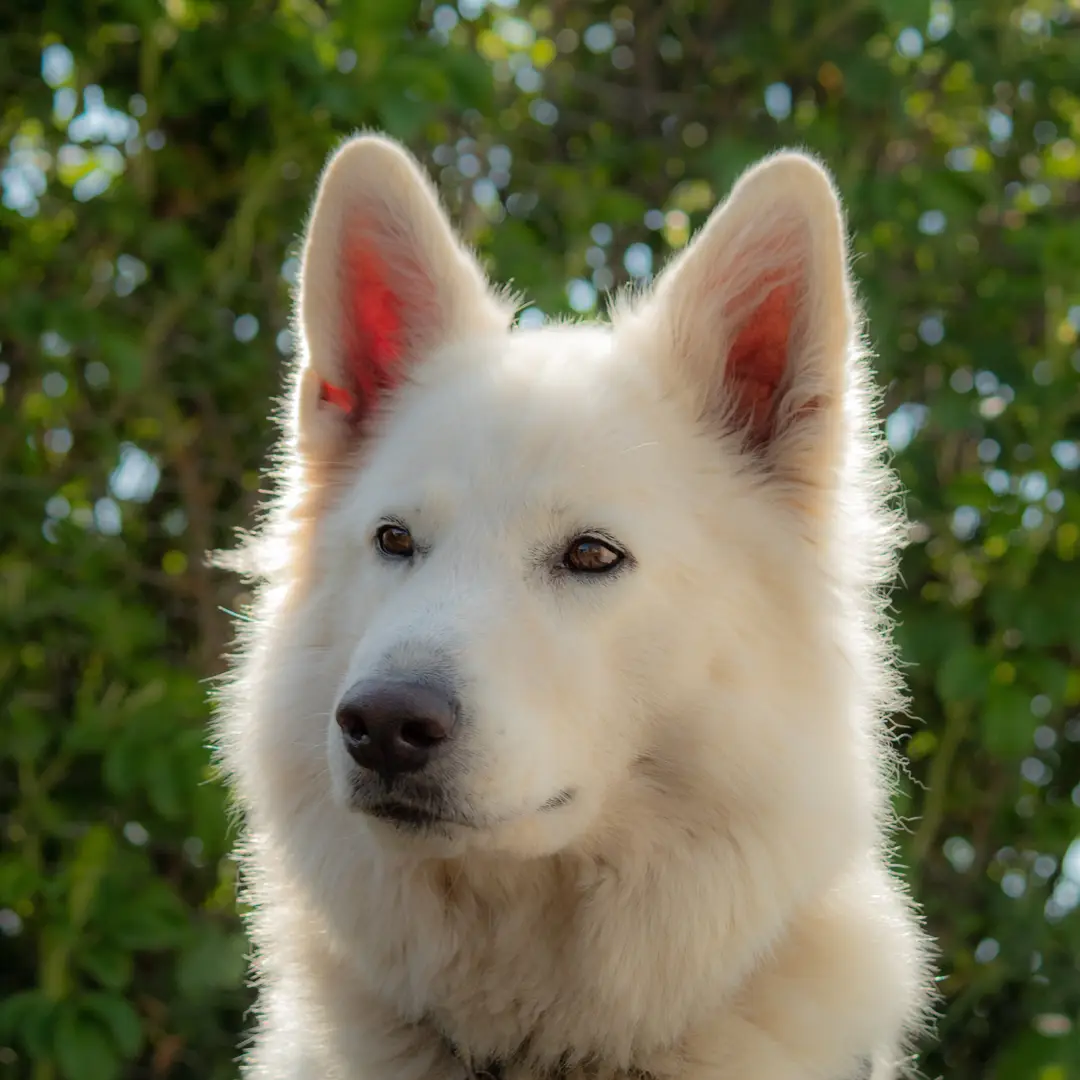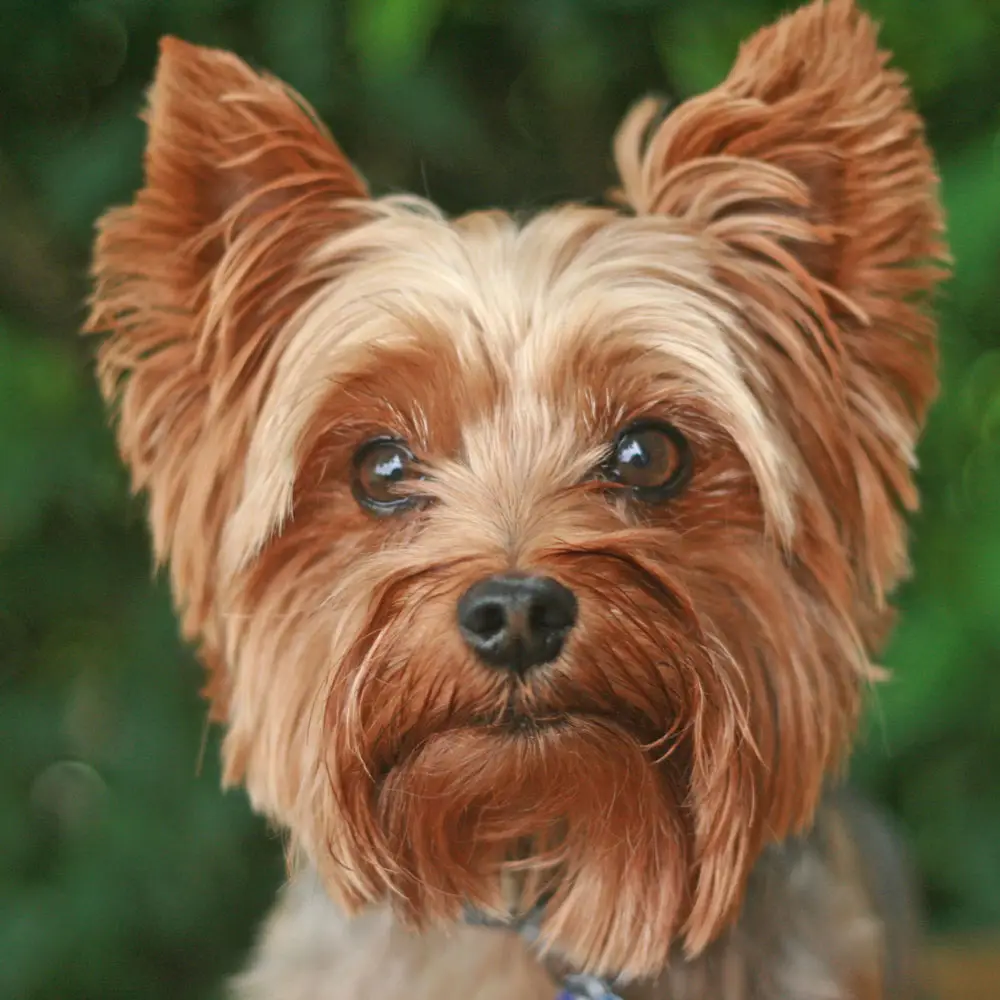What do you need to look out for?
- Easy-going temperament: An ideal beginner’s dog is usually relaxed and friendly. He is not too dominant or territorial, but rather calm and good-natured.
- Friendliness: The dog gets along well with people of all ages and with other animals. He shows a friendly and open-minded behavior to all family members including children as well as to strangers.
- Trainability: A dog for beginners must be intelligent and willing to learn in order to understand and obey basic commands quickly. Good trainability facilitates training and enables a positive bond between dog and owner.
- Low grooming requirements: At best, an ideal beginner’s dog does not require excessive grooming. It has a short coat that does not tend to become matted or belongs to a breed that does not require any special grooming apart from occasional visits to the groomer.
- Health: For first-time owners, a dog with good health and a low susceptibility to genetic diseases is an advantage. Robust health reduces the likelihood of visits to the vet and makes it easier to care for the dog.
- Adaptability: An ideal beginner dog adapts well to different living conditions. He can be happy in an apartment as well as in a house with a garden and can cope well with different environments or lifestyles.
- Energy: A first dog should not be overly energetic, as this requires more commitment and exercise. For beginners, a dog with a moderate energy level that likes to be walked and is active, but also enjoys relaxed moments, is therefore often a good choice.
It is important to note that every dog, regardless of breed, has individual characteristics and needs. The above characteristics are general guidelines, but ultimately it is important that the chemistry between the dog and its owner is right. There must be enough time in everyday life to cater to the specific needs of each dog and to give it the necessary care and attention, including daily walks and regular visits to the vet.

